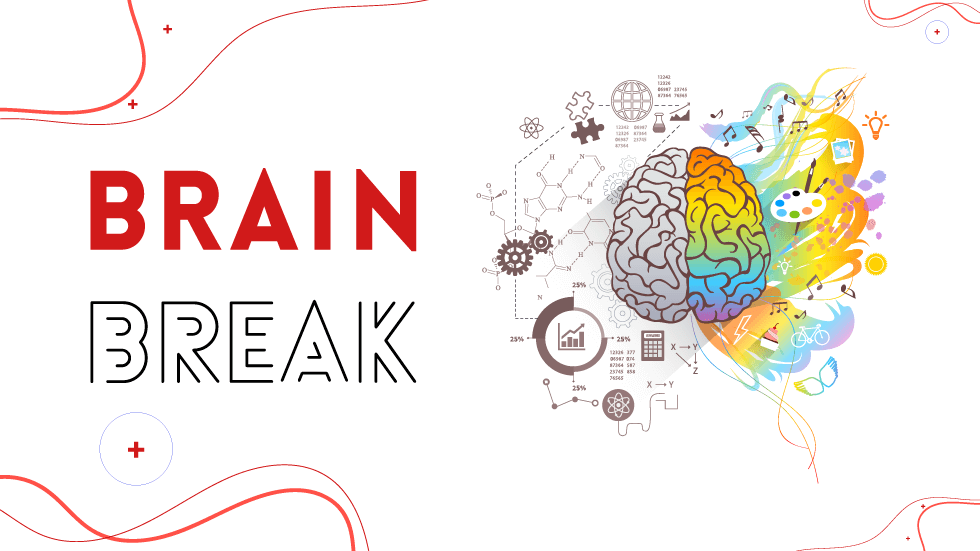
From Breaks to Breakthroughs
Some people take breaks when they are tired, some only after a task is completed, and for others, it is an emergency exit. Would you take regular intervals if it could speed up the production of great work? Absolutely!
Having a million things to do in a day can be a sign of an ambitious person. But all work and no rest can affect your ability to perform your best. Only to have you presume that the poor result was because of a dysfunctional strategy. Studies show that taking regular pre-planned breaks can keep your brain healthy and help you focus intensively.
Also, working without intervals can lead you to quit midway and break you in the long run. Here are two types of breaks you can add to your work schedule:
Tiny Breaks
Tiny Breaks are 5 to 10 minutes of breathers where you can step back for a few minutes, relax your mind, move a muscle, then resume work.
Long breaks
Long breaks are 30 minutes to 1 hour long where you completely stop working and instead take up whatever you want to feel relaxed.
For best results, we recommend you include both types of breaks in your schedule. However, we will guide you with tips on how to mix and match them.
5 tips to get the best of both Tiny Breaks and Long Breaks
- Time your long breaks — How often should you take breaks and for what duration? When do you take them? By planning this, you free yourself from the guilt of taking breaks and enjoy your break time even more.
- Take multiple tiny breaks — Consider tiny breaks as breathers, a quick session to spike your brain with enough energy. Take a walk in your room, get a coffee, water your plants, meditate or do some stretches.
- Limit media usage — Do not scroll through social media pages, check emails or search for any work-related information on the internet. You may unintentionally prolong your break hours.
- Set yourself in motion — Humans are not programmed to work without movement for hours. So get out of your house for a 10 to 20-minute long walk. When you walk, you switch from a focus mode of thinking to diffused mode of thinking. It can unleash your subconscious abilities to solve some of your problems.
- Plan your break activities — Every person has a different way to unwind. While listening to music can work for some, cooking or gardening can work for others. Find out what helps you take your mind off from everything around you and integrate it into your break to come back with a rejuvenated mind.
So, don’t compromise with your brain health anymore, include breaks in your schedule to amp up not just your working speed but also your mental wellbeing. Work-break balance can bring remarkable results. You want that, don’t you?
